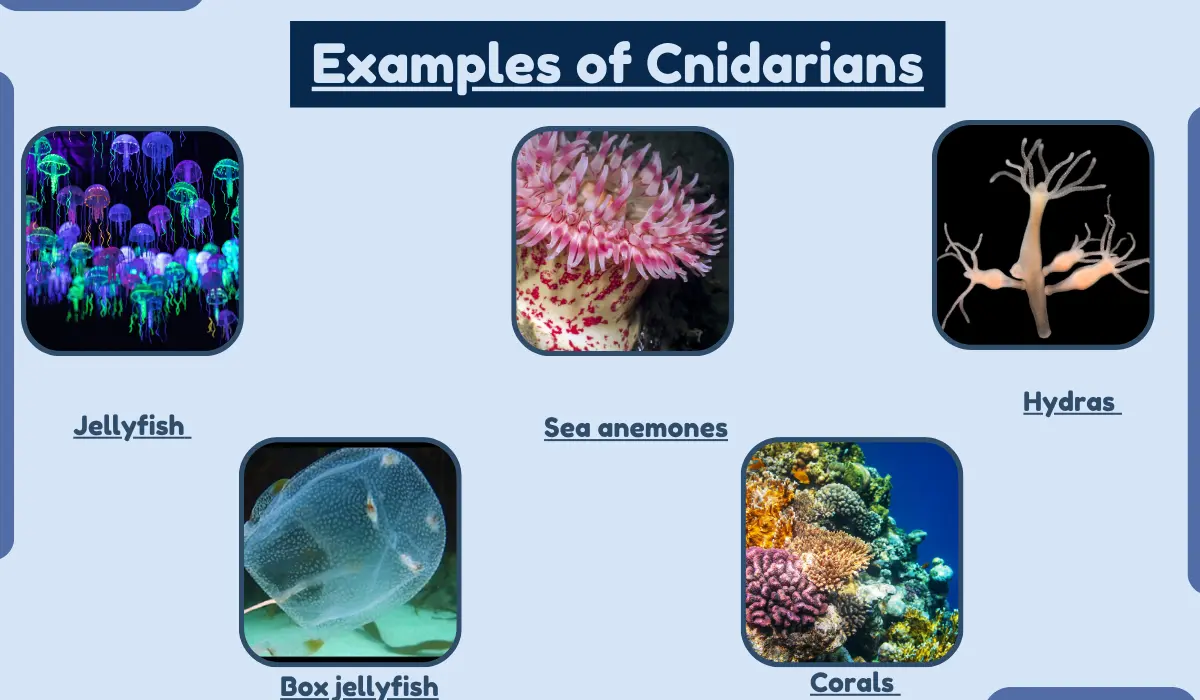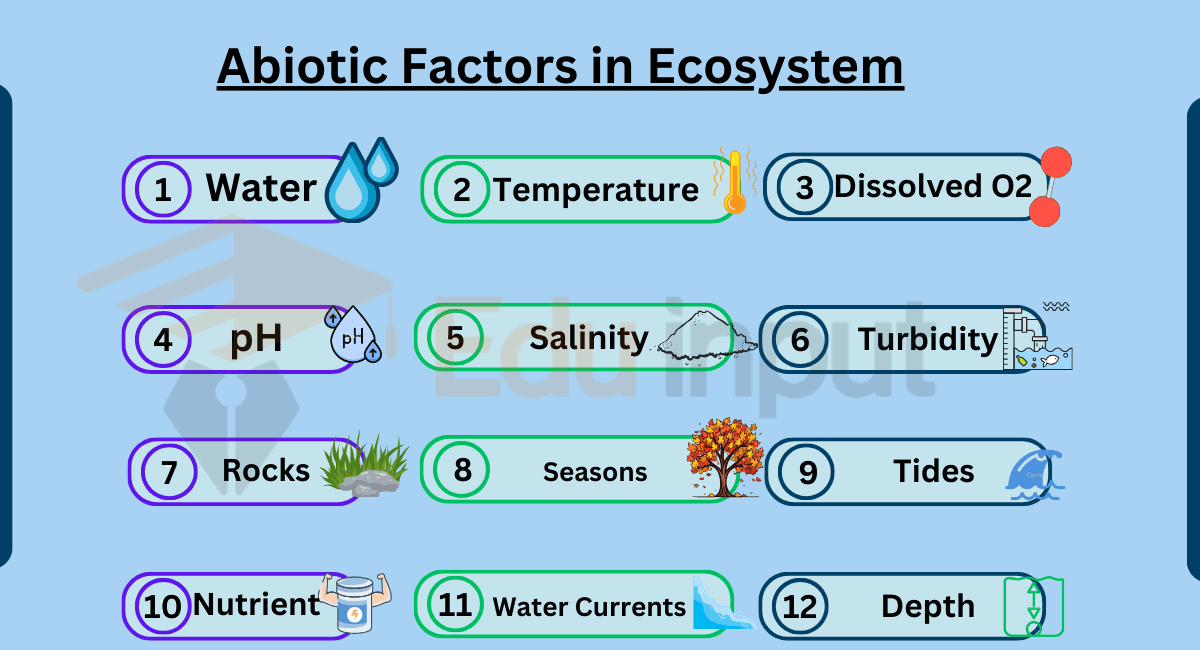6 Examples of Negative Tropism
Movement of plant in opposite direction of stimulus is called negative tropism.
Examples of Negative Tropism
Here are examples of Negative Tropism:
1. Negative Phototropism
Plants display negative phototropism when their stems grow away from a light source. This prevents overshadowing of leaves and ensures that each leaf receives sufficient light for photosynthesis. It maximizes the plant’s energy production.
2. Negative Geotropism
Plants exhibit negative geotropism when their shoots grow away from the ground. This behavior helps shoots reach towards light sources. It allows plants to compete effectively for sunlight and ensuring successful seed dispersal.
3. Negative Chemotaxis
Bacteria demonstrate negative chemotaxis when they move away from chemicals that are toxic to them. This protective response ensures their survival by avoiding harmful substances that could hinder their growth and reproduction.
4. Negative Thigmotropism
Plants close their leaflets in response to touch, showing negative thigmotropism. This action safeguards sensitive plant parts from potential damage and helps conserve water during unfavorable conditions.
5. Negative Hydrotropism
Roots exhibit negative hydrotropism when they grow away from excessive water sources. By avoiding overly wet areas, roots prevent the risk of waterlogging and root rot. It promotes their overall health.
6. Negative Aerotropism
Roots demonstrate negative aerotropism when they grow away from air. This behavior protects them from desiccation and excessive oxygen exposure, ensuring their effective nutrient absorption and root system functionality.





Leave a Reply